The goal of this project is design and build an open-source and inexpensive photometer that could aid in the testing of water for contamination. The design will use off-the-shelf components and a micro-computer (i.e. RPi or Arduino) to control the test. The goal would be to quickly read a test-strip and communicate the results back to the user via a web interface.
OSPb - An Open Source Lead Tester
An open source design for an inexpensive colormetric test.
 Matthew Edmond
Matthew Edmond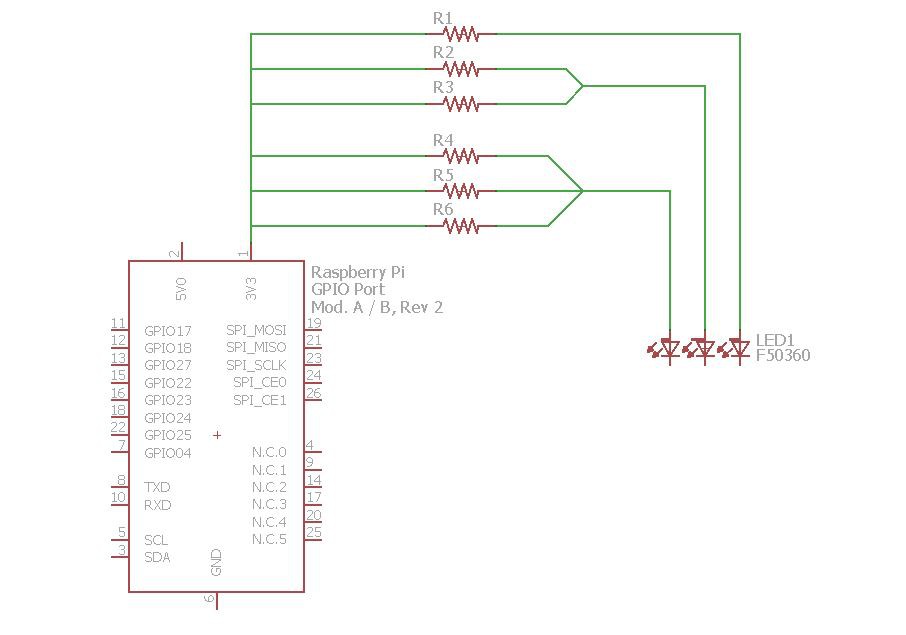
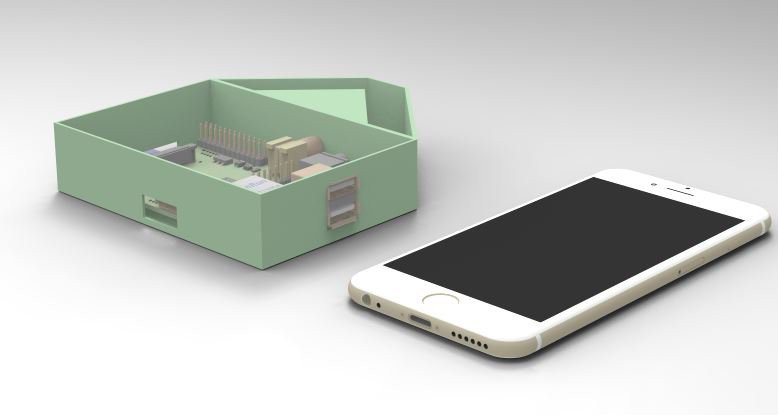
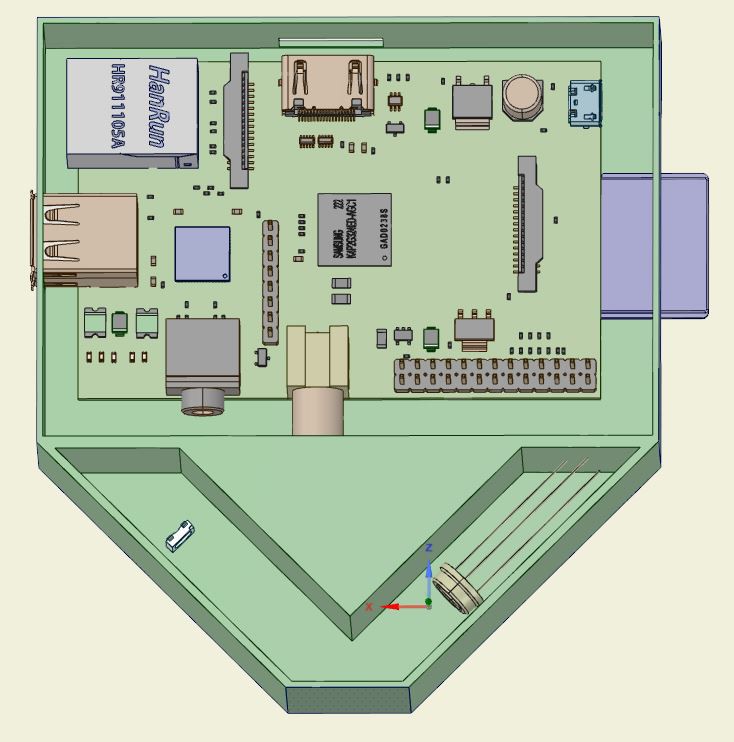
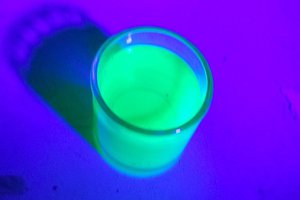
 haydn jones
haydn jones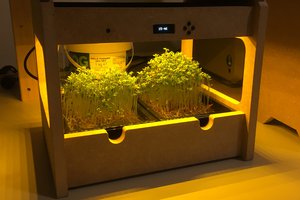
 bram
bram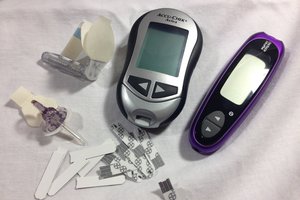
 Tom Meehan
Tom Meehan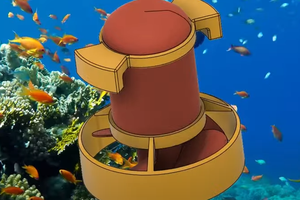
 Ben
Ben
Dear Matthew,
I had a similar idea, initially being more interested in pH measurement, and worked out a bit different solution using RGBW and/or luminometric sensors on Adafruit I2C breakouts.
The construct is working well, but in the last month I had to focus on other things.
You can find the project description here: http://www.instructables.com/id/An-Inexpensive-Photometer-and-Colorimeter/ . Let me know if I may provide any help for your project.
What type of indicators have you be planning to use for Pb quantification?
I recently had bought a set of testing kits used for aquariums that includes heavy metal detection reagents, but have not performed any measurements by now.
Kind regards
Holger